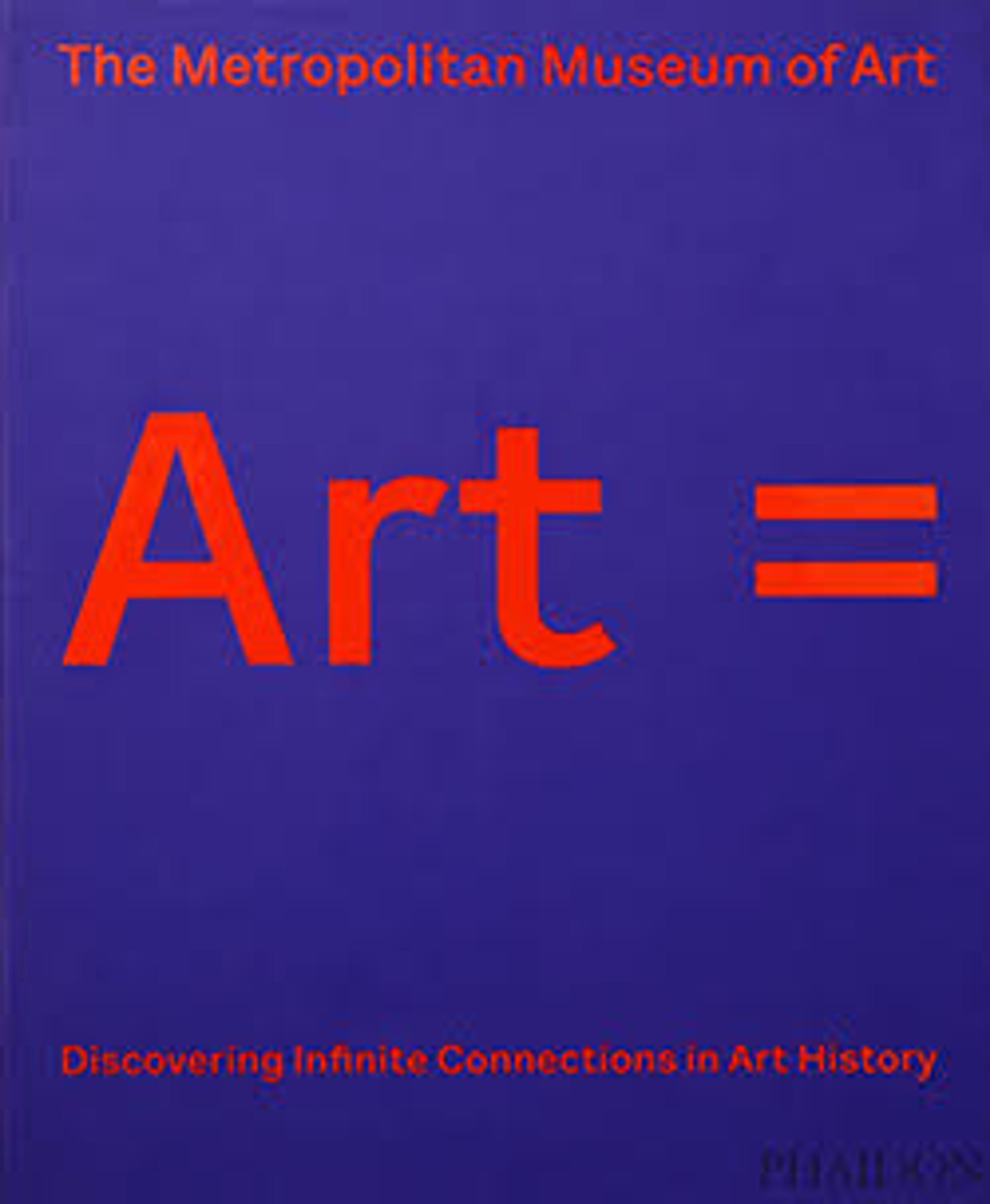Reliquary Cross
Twelfth-century churchmen and the nobility in central France prided themselves on their devotion to the scared sites of the Holy Land. Relics from that region, alternating with more than sixty "gems" of colored glass, are set like jewels on this cross. Identified by inscriptions along the sides, they include a fragment of wood believed to be from the cross on which Jesus died, relics of his tomb, and relics of the Virgin Mary, the Holy Innocents, and early deacons of the Church.
Artwork Details
- Title: Reliquary Cross
- Date: ca. 1180
- Geography: Made in Limoges, France
- Culture: French
- Medium: Silver gilt, rock crystal, glass cabochons, and possible human remains; wood core
- Dimensions: w/ tang: 11 3/4 in. × 4 15/16 in. × 1 in. (29.8 × 12.5 × 2.5 cm)
w/o tang: 10 in. × 4 15/16 in. × 1 in. (25.4 × 12.5 × 2.5 cm) - Classification: Metalwork-Silver
- Credit Line: Purchase, Michel David-Weill Gift, The Cloisters Collection, and Mme. Robert Gras Gift, in memory of Dr. Robert Gras, 2002
- Object Number: 2002.18
- Curatorial Department: Medieval Art and The Cloisters
More Artwork
Research Resources
The Met provides unparalleled resources for research and welcomes an international community of students and scholars. The Met's Open Access API is where creators and researchers can connect to the The Met collection. Open Access data and public domain images are available for unrestricted commercial and noncommercial use without permission or fee.
To request images under copyright and other restrictions, please use this Image Request form.
Feedback
We continue to research and examine historical and cultural context for objects in The Met collection. If you have comments or questions about this object record, please contact us using the form below. The Museum looks forward to receiving your comments.
